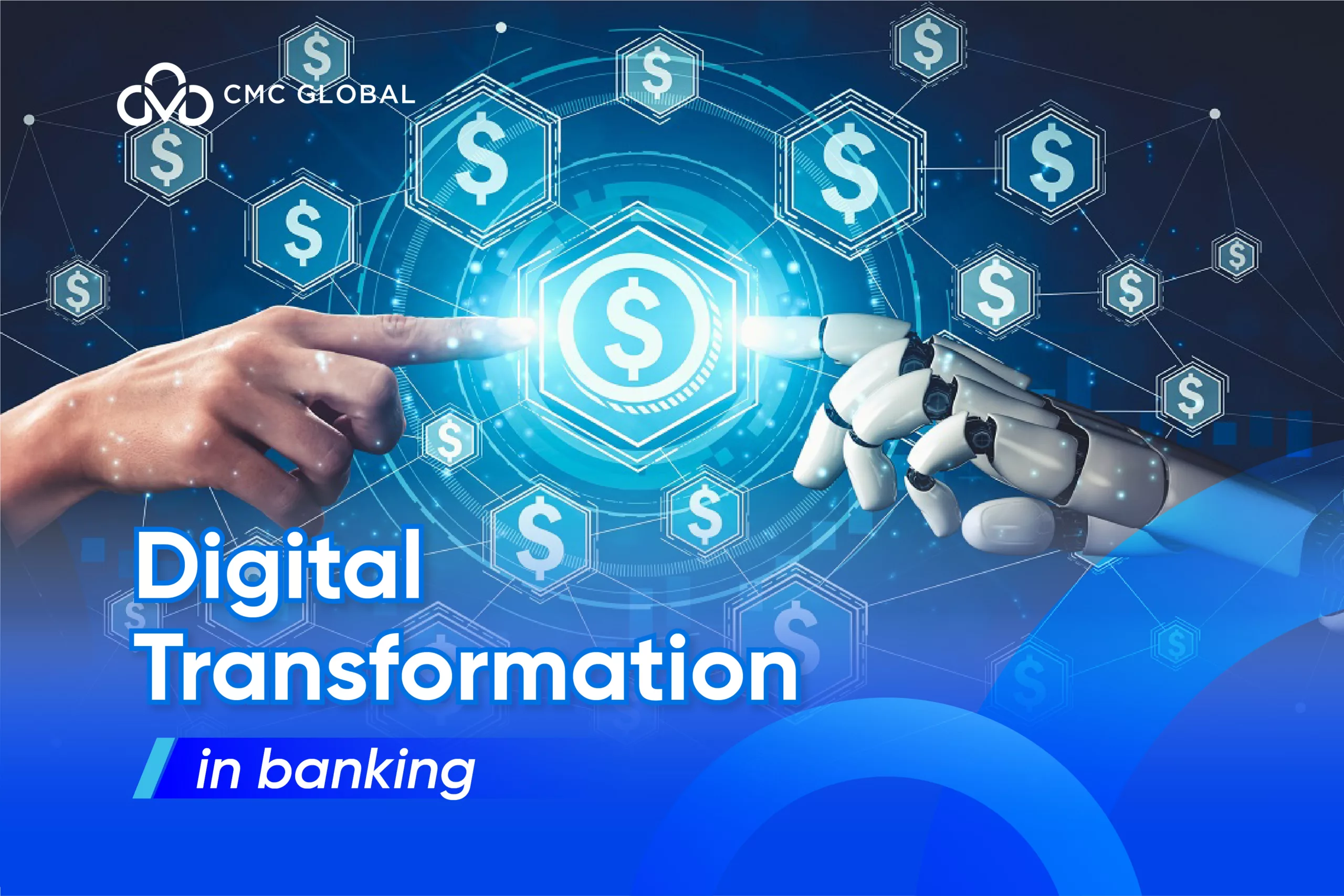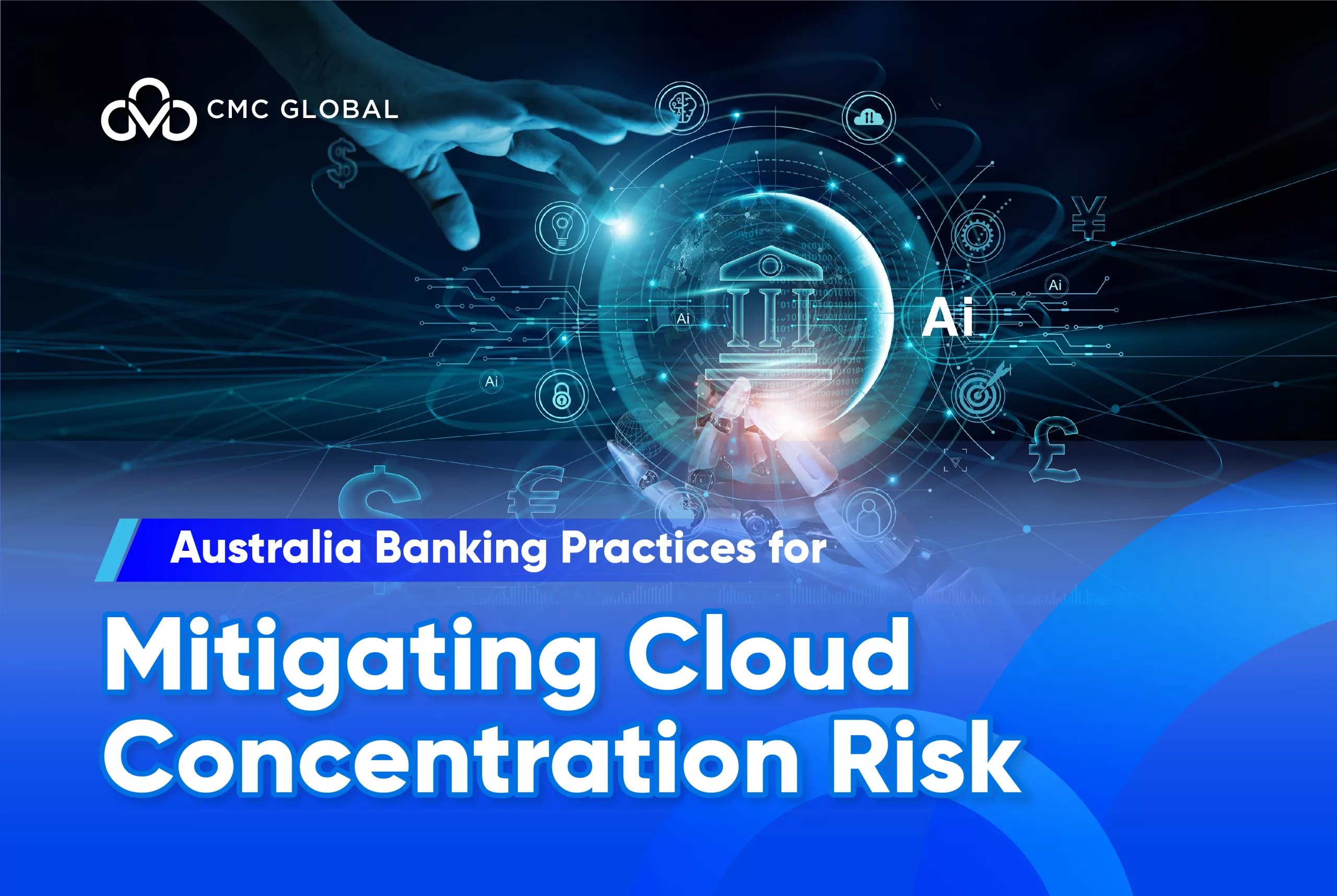What Is Digital Transformation in Banking?
Digital transformation in banking involves transitioning from conventional, non-digital services and operations to modernized, digital-first systems. The primary targets include enhancing customer experiences, improving operational performance, fostering innovation, and ultimately driving business value.
In Europe, numerous banks have already embarked on digital transformation journeys, whereas the banking landscape in North America provides a more complicated picture. While major national banks are actively pursuing digital transformation, regional banks face challenges due to limited resources, positioning them between larger national banks and emerging digital-first competitors.
Despite the challenge, it’s evident that digital transformation is crucial for banks to stay competitive. However, large global banks’ complexities and legacy systems present significant obstacles to implementing new digitized customer experiences.
Digital Transformation Impacts on Banking

#1 Changing Customer Expectations
Digitally optimized, on-demand services such as Amazon, Uber, and Netflix are setting higher standards for customer expectations. Today’s customers are also demanding fast, efficient services from their banks.
This case study underscores the disparity between challenger and traditional banks regarding the customer experience of opening a bank account. Analyzing factors like the number of clicks required to open an account and the time it takes to gain access to banking services; the findings suggest that many traditional banks are lagging behind customer expectations.
As indicated by the research findings, the more cumbersome the process of opening an account or making a payment becomes, the more likely frustrated customers will seek alternatives. In fact, up to 43% of customers may abandon the sign-up process due to reasons such as prolonged duration, complexity, or excessive information requirements.
#2 Detecting online fraud and security threats
Just like any significant transformation, there will be individuals seeking to exploit newfound opportunities. Digitization presents substantial benefits for businesses and customers, but it also creates avenues for exploitation. The transition to digital processes exposes businesses and customers to various threats, including online identity fraud and security breaches such as data breaches.
Banking, being a sector historically targeted by fraud and financial crime, has developed robust defenses against such attacks. Nevertheless, the industry must anticipate a surge in new fraudulent activities accompanying digitization initiatives.
#3 Aligning with compliance requirements
Ensuring KYC (Know Your Customer) compliance is essential for every bank. However, maintaining compliance with regulatory standards often demands significant resource allocation, necessitating dedicated teams for oversight. While this situation is unlikely to shift soon, there are opportunities to enhance these teams’ effectiveness.
The persisting absence of automation and digitalization in this domain remains a burden on business resources, with many entities treating compliance as a mere checkbox task rather than a domain ripe for innovation.
#4 Transform legacy systems and mindsets
The rise of digital-centric banking applications has been pivotal in driving digital evolution within the banking sector. With the rise of agile newcomers capable of rapid innovation, traditional banks have recognized the necessity of embracing innovation and modern technologies to maintain their competitiveness.
Despite substantial resources, legacy systems and conventional thinking hold back rapid digital integration. Outdated systems frequently impede prompt product delivery, causing the challenges of digital transformation in banking. However, in today’s saturated market, the capacity to quickly develop new items is a critical differentiator.
Read more: Stagnate Or Innovate: A Deep Dive Into Asia Technology Outlook & Strategic Imperatives
Digital Transformation Advantages in Banking

#1 Boost customer acquisition via digital platforms
Customers are increasingly inclined to avoid branch visits when opening accounts. Introducing digital channels as an alternative for account opening provides customers with flexibility. For those banks already leveraging digital channels, the focus should be on maintaining competitiveness.
Digital channels offer a more efficient and cost-effective means of onboarding customers, thereby enhancing a bank’s competitive edge, particularly in the face of emerging challenger banks. Identity verification is pivotal in expediting the digital onboarding process, enabling banks to swiftly and securely authenticate their customers.
#2 Exceed customer expectations through improved customer experiences
Digital pathways should align with customer preferences, aspirations, and behaviors. Instead of concentrating solely on individual touchpoints, banks should address the entire customer journey, spanning various functions and channels. Leading banks are crafting comprehensive digital journeys encompassing prospecting, sales, onboarding, and ongoing customer support experiences.
By prioritizing digital identity solutions, banks can differentiate themselves from competitors. Often, banks offer similar products at comparable prices; however, a streamlined digital onboarding approach can accelerate customer acquisition. Studies have demonstrated that banks delivering superior customer experiences tend to witness faster deposit growth.
#3 Combat fraud and ensure regulatory compliance
Effective online customer identification is crucial for adhering to compliance requirements and combating fraud in the digital sphere. Manual methods for Know Your Customer (KYC) verification and fraud prevention are insufficient for scalability, prompting numerous enterprises to adopt automated solutions enhanced by artificial intelligence (AI).
A strong identity verification system enables businesses to maintain compliance with Anti-Money Laundering (AML) and KYC regulations while reducing the risk of fraud associated with politically exposed persons (PEPs), sanctions, and negative media coverage.
#4 Enhance efficiency and implement automation
Currently, 60% of operational procedures lack automation. Without digital tools, banks are expending substantial resources on their front and back-end operations. Manually processing and verifying each new account opening or customer transaction is no longer sustainable.
Automated verification alleviates the burden on internal teams, freeing their time to concentrate on tasks necessitating human intervention.
Major Technologies Leveraged By Modern Banks
- Artificial Intelligence (AI) and Machine Learning (ML): AI-driven chatbots address customer inquiries and aid in data analysis and management, bolstering customer satisfaction. ML assists in detecting fraud and comparing real-time user data.
- Internet of Things (IoT): IoT facilitates instant data analysis, personalized customer interactions, and contactless payments while also introducing risk management and biometric sensors for authentication processes.
- Blockchain: Blockchain ensures the security, accuracy, and transparency of data transactions. The fusion of blockchain with IoT (BIoT) emerges as a notable trend in digital banking.
- Cloud Computing and APIs: Cloud computing enhances operational efficiency and service delivery. Banking APIs are utilized to enrich data sharing and enhance the overall customer journey.
- Big Data Analytics: Banks employ big data analytics to scrutinize customer spending patterns, mitigate risks, and handle feedback, fostering customer loyalty and agile market growth.
Consider Working With An Experienced Partner In Digital Transformation
Founded in 2017, CMC Global builds upon the foundation and successes of CMC Technology Group, establishing itself as a leading technology services provider in Vietnam.
To become the leading enterprise in consulting and implementing Digital Transformation solutions (Top DX Service Provider), CMC Global directs its resources toward solving diverse technological challenges across various industries in the Asia Pacific region, Europe, and America, gradually realizing the aspiration of bringing Vietnamese IT products, solutions, and services to the international market.

As an AWS Advanced Tier Services Partner, CMC Global stands at the forefront of cloud innovation, ready to guide organizations through the dynamic realm of AWS Managed Services. With a commitment to excellence and a proven track record, CMC Global offers comprehensive solutions designed to elevate your cloud experience.
Our team of certified experts brings proficiency in AWS technologies, ensuring a seamless integration of cloud solutions customized to your business needs. From strategic planning to ongoing optimization, CMC Global serves as a trusted companion on your cloud journey.
Contact us for further details!





